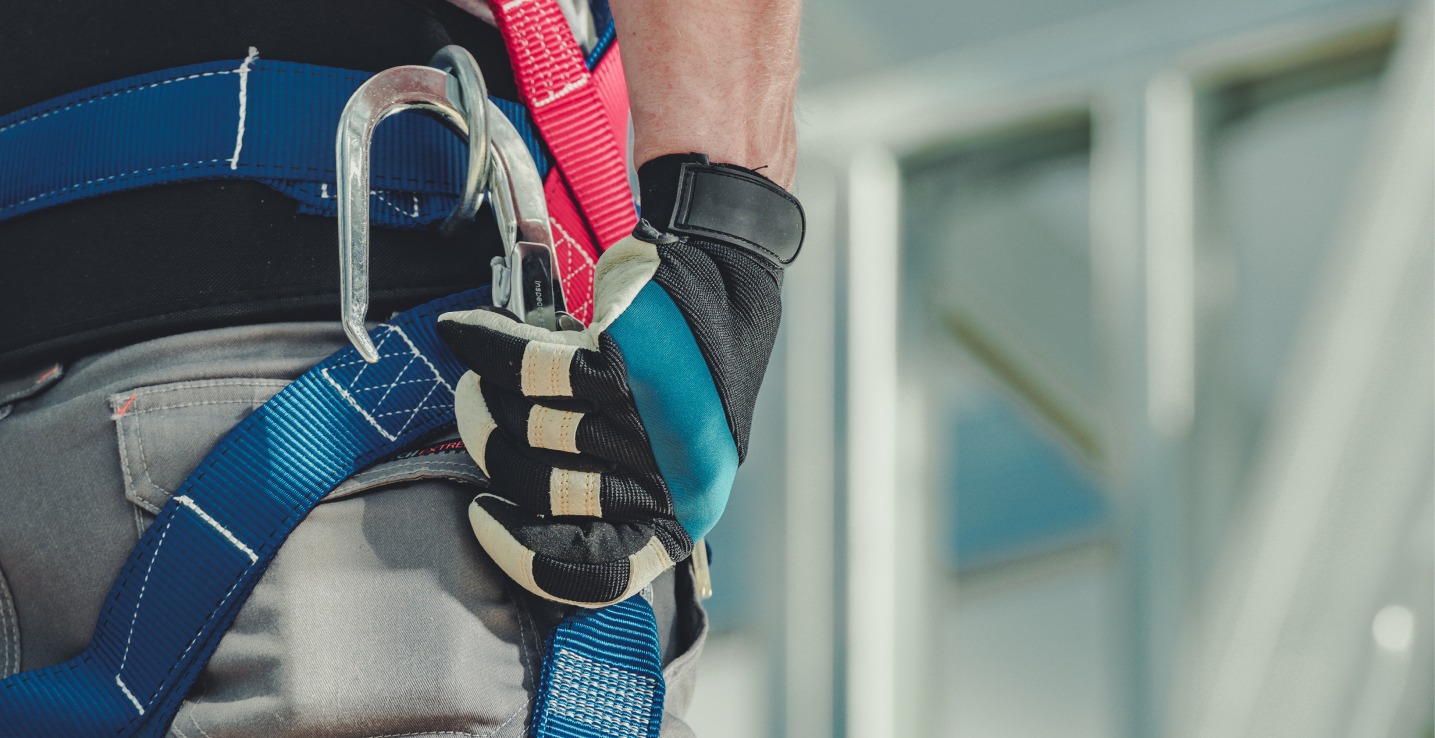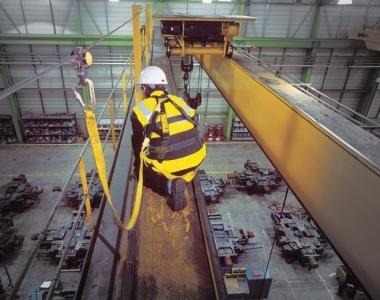
For over three years, construction workplaces have followed Working at Heights regulations requiring training from Chief Prevention Office (CPO) approved providers. The Ministry of Labour (MOL) previously indicated that industrial establishments would face similar requirements with strict training standards.
However, a recent MOL proposal introduced a different approach for the industrial sector. While proposing changes to fall protection standards similar to construction requirements, the proposal notably did not mandate the same formalized training structure. Instead, the focus shifted to risk assessments and company-specific protocols. Currently, Regulation 851 for Industrial Establishments states that:

“Section 79. A worker required to wear or use any protective clothing, equipment or device shall be instructed and trained in its care and use before wearing or using the protective clothing, equipment or device”
This could be interpreted as companies only needing to train their workers to wear a harness and to know how to inspect one when it comes to working at heights. The Ministry of Labour did not seem keen to define exactly the training parameters needed to train workers effectively in this scenario.
Key Requirements Under the Proposal:
- Conduct documented risk assessments for high-risk jobs, including working at heights (ladders, lifts, scaffolds)
- Implement controls to eliminate or minimize identified risks
- Develop safe work instructions specific to your equipment and workplace
- Train workers on hazards and proper PPE use
What This Means for Industrial Companies?

Unlike construction sites with constantly changing conditions, industrial workplaces have more consistent environments. The MOL appears to be positioning companies to train their own workers using their specific equipment and documented procedures rather than requiring external CPO-approved training.
Companies should prepare by creating comprehensive safe work instructions that detail exact equipment to use, proper setup procedures, and safety protocols. These instructions must cover all working-at-heights scenarios relevant to your operations.
Moving Forward
While not yet law, these changes are coming. We recommend proactively developing your risk assessments and safe work instruction manuals now. Industrial Safety Trainers can help you transition from external training to internal programs through consulting, risk assessment support, and guidance on training your workers effectively.
Contact us at 1-800-219-8660 to discuss your next steps.
